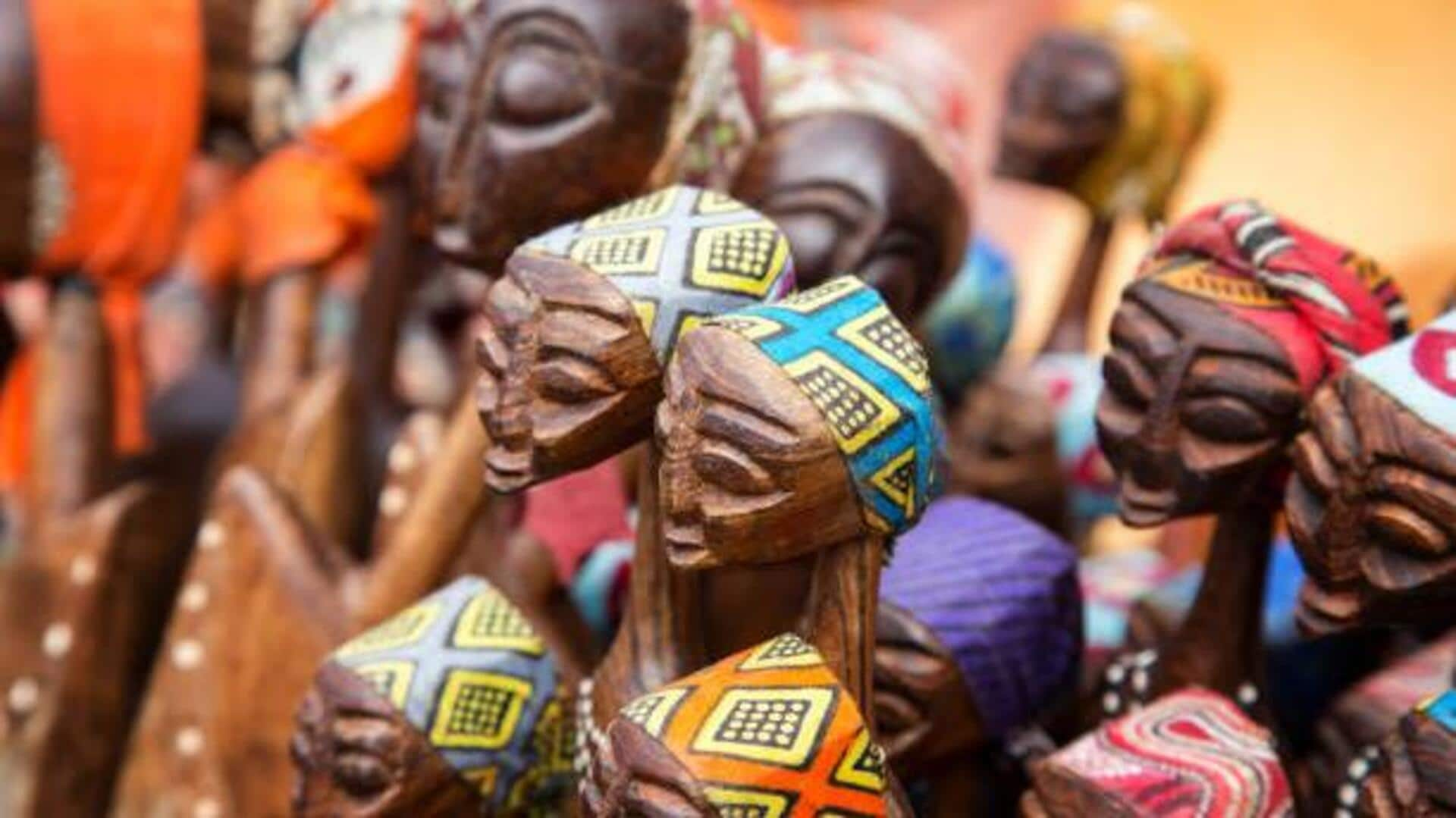
Collecting woodcarvings? Here's what to know
What's the story
Collectible African woodcarvings are a world in themselves, giving a glimpse of rich culture and exquisite art. For collectors, these aren't just pieces of decoration, but an opportunity to connect with the diversity of Africa. Knowing the intricacies of collecting such carvings can deepen your appreciation and save you from making unwise choices. Here are some must-know tips to help discerning collectors explore this world.
Tip 1
Understanding cultural significance
African woodcarvings are more than just decoratives; they carry deep cultural meanings, representative of different tribes and their traditions. It is important for collectors to research from where and what culture the piece comes from before buying it. Not only does this add depth to your collection, it also pays the best respect to the traditions these carvings represent, connecting you more to the art.
Tip 2
Evaluating craftsmanship
The quality of craftsmanship in African woodcarvings is crucial for collectors. It's important to examine the intricacies of each piece, observing the smoothness of finishes, the balance in proportions, and the depth of details. These features reflect an artisan's skill and time spent. A well-crafted piece not only displays the artisan's dedication but also adds to the overall value and authenticity of your collection.
Tip 3
Authenticity verification
Authenticity is everything when it comes to collecting African woodcarvings. You must check each piece's provenance to confirm it's genuine. This can be done by reaching out to experts or trusted dealers having an expertise in African art. More often than not, authentic carvings will have some documentation/certificate with them, which acts as proof of their origin. This not just protects your investment but also honors the culture of the art.
Tip 4
Considering material quality
The kind of wood used can make a world of difference to the value and longevity of a carving. Hardwoods such as ebony or mahogany are ideal for their resilience and appearance. Make sure to check that the material is sustainably sourced to promote ethical practices.
Tip 5
Budgeting wisely
Before you start collecting, it's important to set a clear budget. African woodcarvings can vary widely in price depending on the age of the piece, its rarity, and the artist's reputation. Being financially prepared helps you make informed choices, allowing you to plan your acquisitions rather than giving in to the temptation of impulse buying. Not only does this ensure a more considered collection, but it also keeps your finances in check.